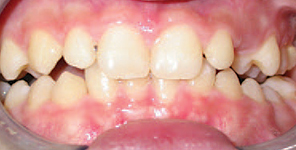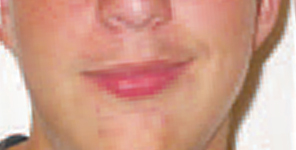Chewing Disorders

Chewing disorders are chewing with the mouth open; excessive chewing of gum; exclusive chewing on one side; avoidance of foods with certain textures such as meat, raw vegetables, seeds, some fruit and nuts; preference for soft or pureed food; pain or discomfort during chewing; abnormal jaw movements.
OMT
HELPS

Chewing is treated by activating and equilibrating the chewing muscles; by reducing or eliminating excessive chewing; by making the patient aware of habits; by optimizing the length and efficiency of chewing; and by collaborating with other professionals at normalizing nasal breathing and dental occlusion.
IF NOT
TREATED

Chewing relies on proper nasal breathing, occlusion and jaw movement. A disorder of these three conditions or an open-mouth habit create compensatory functions that in the long run may create TMJ disorders an
negatively affect the digestive system.

9. Chewing Disorders
–Hasegawa Y, Ono T, Hori K & Nobuki. In uence of Human Jaw Movement on Cerebral Blood Flow T. 2007. J Dent Res 86(1):64-68.
–Zhang M et al. E ects of unilateral jaw clenching on cerebral/systemic circulation and related autonomic nerve activity. 2012. Physiology & Behavior; 105:292-297.
–Bergdahl M, Habib R, Bergdahl J, Nyberg L, Nilsson LG. Natural teeth and cognitive function in humans. Scand J Psychol. 2007. Dec;48(6):557-65.
–Kimura Y et al. Evaluation of the e ects of mastication and swallowing on gastric motility using electrogastrography. 2006. J Med Invest; Aug 53(3-4-):229-37.
–Koizumi et al. Chewing reduces sympathetic nervous response to stress and prevents poststress arrhythmias in rats. Am J Phisiol Heart Circ Physiol; 2011. 301(4):H1551-8. doi: 10.1152/ajpheart.01224.2010.
–Katsaros C, Zissis A, Bresin A & Killaridis S. Functional in uence on sutural bone apposition in the growing rat. 2006. Am J Orthod Dentofacial Orthop. Mar 129(3):352-7.